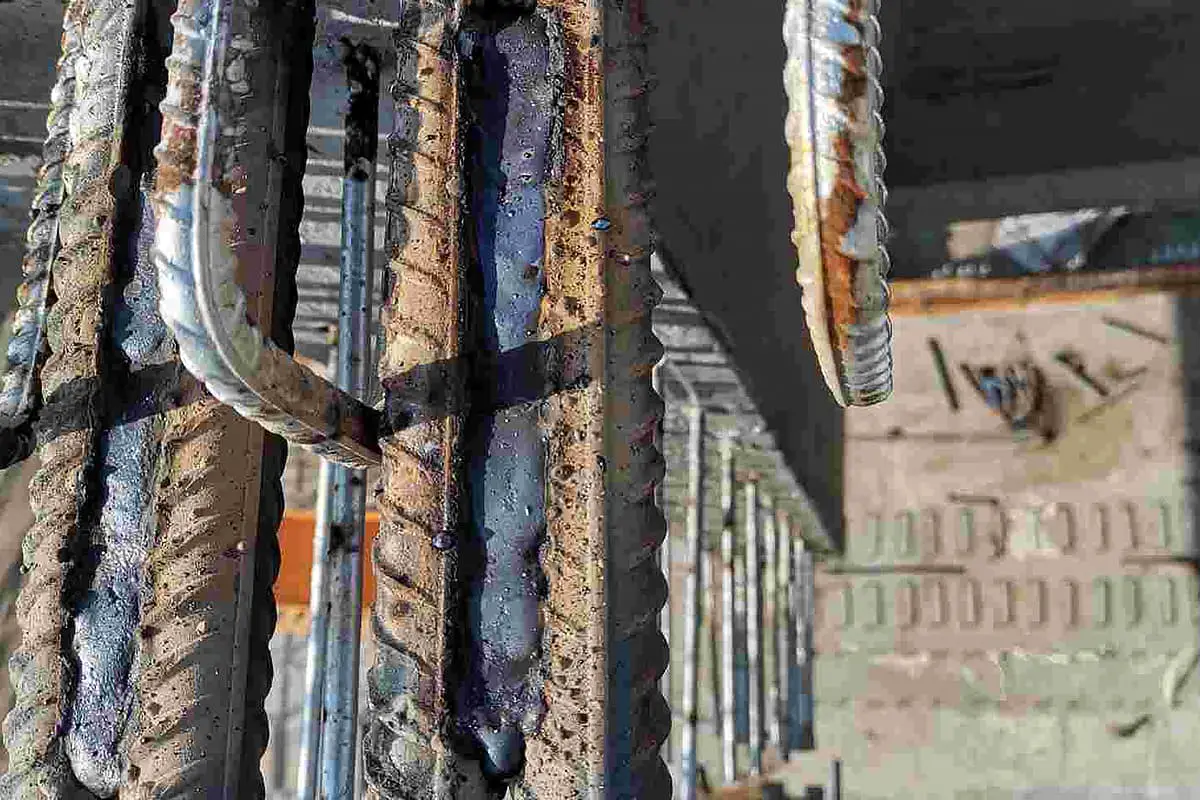Preventing Weld Undercut Made Easy: Secret Techniques Introduced
Preventing Weld Undercut Made Easy: Secret Techniques Introduced
Blog Article
Necessary Tips for Welders: Preventing Undercut Welding and Ensuring Stronger Weld Joints
In the world of welding, achieving sturdy and strong weld joints is the cornerstone of generating high-quality work. One common obstacle that welders often encounter is undercut welding, which can endanger the honesty of the weld joint.

Understanding Undercut Welding
Undercut welding is a common welding defect that takes place when the weld steel falls short to properly fill the groove and leads to a groove-like clinical depression along the weld bead. This defect compromises the weld joint, making it susceptible to cracking and failure under tension. Undercutting can be created by numerous variables, including too much welding current, high welding speed, improper electrode angle, incorrect electrode size, and poor welding method.
Among the major reasons for undercut welding is a discrepancy between the welding current and the welding rate. If the welding current is too high or the welding speed is as well fast, the weld steel may not effectively load the groove, causing undercutting. In addition, utilizing an electrode that is also big can cause a comparable outcome, as the excess steel can not correctly flow into the groove.
To avoid undercut welding, welders must guarantee they are using the correct welding parameters, preserve an appropriate electrode angle, pick the appropriate electrode dimension, and technique appropriate welding techniques. By addressing these aspects, welders can decrease the threat of damaging and produce stronger, extra reliable weld joints.
Correct Welding Strategy
Efficient welding technique plays an important duty in making sure the quality and integrity of weld joints. One fundamental element of proper welding method is keeping the appropriate angle and range between the welding gun and the workpiece.
In addition, a constant and constant hand activity is important for developing solid and sturdy weld joints. Welders should intend for smooth, uniform movements to make certain also circulation of the weld material. Proper control of the welding weapon and filler product is additionally key to attaining ideal penetration and combination.
Additionally, managing the warm input and picking the proper welding specifications based upon the material being welded are important elements in accomplishing top notch welds - Preventing weld undercut. Welders should comply with the suggested settings offered by welding treatment specs and readjust them as needed based on the certain requirements of the task. By grasping appropriate welding techniques, welders can dramatically enhance the stamina and reliability of their weld joints
Choosing the Right Electrode
When taking into consideration the relevance of selecting the appropriate electrode in welding applications,Keeping the appropriate angle and range between the welding index gun and the workpiece is basic. The selection of electrode plays an essential role in identifying the quality and stamina of the weld joint. Electrodes come in different kinds, each created for details functions and materials.
First of all, choosing the proper electrode diameter is important. Thinner electrodes appropriate for welding slim products, while thicker electrodes are much better for thicker products and higher heat applications. Matching the electrode diameter to the thickness of the workpiece aids achieve a well balanced weld.
Secondly, understanding the product make-up of the electrode is essential. Various electrodes are created for welding specific products like steel, stainless-steel, light weight aluminum, or cast iron. Making use of the proper electrode material ensures great fusion and minimizes the threat of issues in the weld.
Finally, thinking More about the author about the welding placement and technique is important when choosing the electrode kind. Certain electrodes are much better matched for above or upright welding settings, while others function well for flat or horizontal settings. Choosing the right electrode based on the welding method boosts the overall weld top quality and integrity.
Preparing the Base Metal
To make sure a successful welding process, what preliminary actions should be taken when preparing the base steel for welding? In addition, any kind of existing weld product or residue from previous welding must be gotten rid of to ensure a clean surface for the new weld.

Conducting Post-Weld Assessments

After carrying out these analyses, welders must compare the results against sector criteria and job requirements to guarantee that the weld joint meets all required standards. Any kind of insufficiencies or variances found during the post-weld evaluation must be without delay addressed with appropriate corrective procedures to ensure the weld's integrity. By diligently carrying out post-weld evaluations and without delay addressing any type of concerns, welders can support the quality and integrity of their work, eventually adding to the security and long life of the bonded frameworks.
Conclusion

In verdict, avoiding undercut welding and making certain more powerful weld joints require a mix of proper welding strategy, selecting the ideal electrode, preparing the base metal appropriately, and carrying out post-weld evaluations. By understanding the reasons for undercut welding and implementing the required precautions, welders can create high-grade weld joints that fulfill industry standards and make sure the architectural stability of the bonded components.
Undercut welding is a common welding flaw that takes place when the weld steel fails to effectively fill up the groove and results in a groove-like clinical depression along the weld grain (Preventing weld undercut). Undercutting can be caused by numerous factors, including excessive welding existing, high welding speed, inappropriate electrode angle, incorrect electrode size, and inadequate welding technique
One of the main factors for undercut welding is an inequality in between the welding existing and the welding rate. If the welding current is also high or the welding speed is too fast, the weld metal might not sufficiently load the groove, leading to damaging.Keeping the correct angle and range in between the welding gun and the work surface is fundamental when considering the significance of selecting the right electrode in welding applications.
Report this page